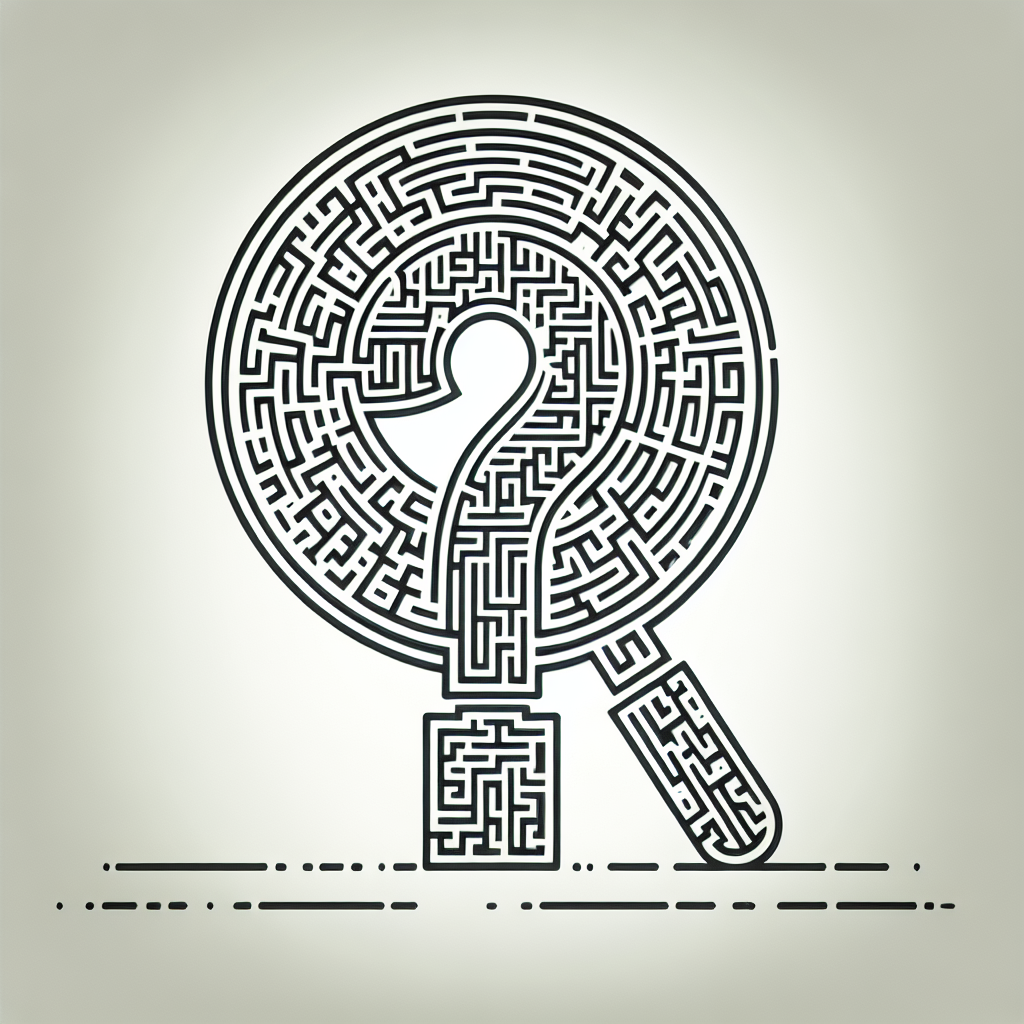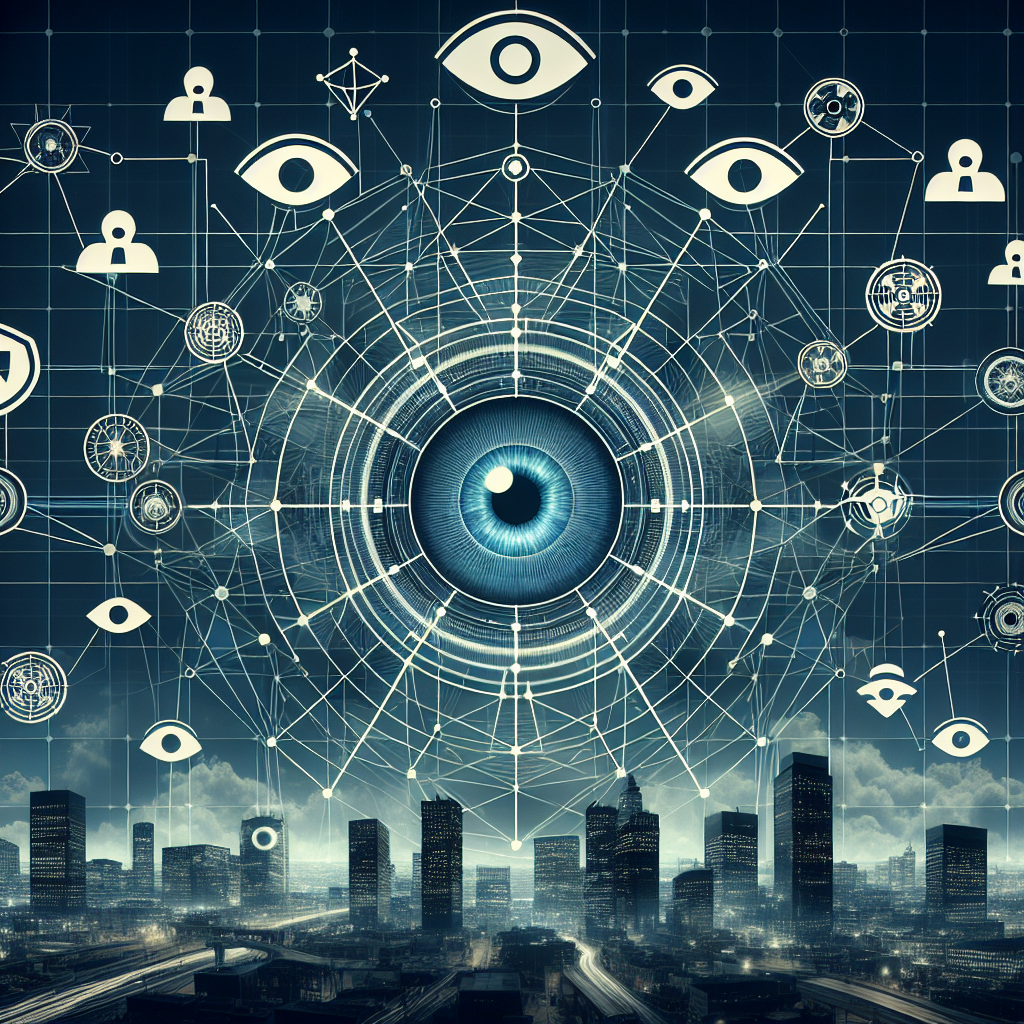The 9/11 Conspiracy: A Deeper Dive into the Theories
Understanding the Context of 9/11
On September 11, 2001, a series of coordinated terrorist attacks by the extremist group al-Qaeda resulted in the deaths of nearly 3,000 people and significant global repercussions. These tragic events provoked intense scrutiny of not only the actions and motivations of al-Qaeda but also the response of the U.S. government, giving rise to a myriad of conspiracy theories.
The Collapse of the Towers
One of the central pillars of 9/11 conspiracy theories relates to the collapse of the Twin Towers. The official explanation posits that the impact of the two hijacked airplanes, combined with the resulting fires fueled by jet fuel and office materials, weakened the structural integrity of the buildings, leading to their eventual collapse. However, conspiracy theorists argue that the manner of the towers’ collapse resembled a controlled demolition.
- Controlled Demolition Theory: Proponents of this theory point to the symmetry and speed of the collapses, suggesting that explosives must have been used to bring down the towers in such a precise manner. Architects and engineers, including many involved in building design and structural integrity, have rebuffed this claim, asserting that the impact and fires are sufficient to explain the collapses. Nevertheless, skepticism about the government’s narrative has fueled ongoing debate.
The Pentagon Attack
Another focal point of conspiracy theories revolves around the attack on the Pentagon. The official report claims that American Airlines Flight 77 crashed into the building, causing extensive damage. Some theorists, however, suggest that the damage was inconsistent with a commercial airplane crash, leading them to propose alternative scenarios.
- Missile Theory: One of the more controversial theories posits that a missile, rather than a hijacked airplane, struck the Pentagon. Advocates of this theory often cite evidence such as the size of the hole in the building and the lack of large airplane debris. However, numerous eyewitness accounts and forensic evidence affirm the plane crash. Experts consistently highlight that the speed and trajectory of the aircraft would make such a misidentification nearly impossible.
Flight 93 and the Passengers’ Actions
The fate of United Airlines Flight 93 becomes another topic of speculation. The flight was hijacked but ultimately crashed into a field in Pennsylvania after passengers attempted to regain control of the aircraft. Conspiracy theories suggest that the plane was shot down by U.S. military intervention to prevent it from reaching its intended target.
- Shoot-Down Theory: Some propose that the U.S. government was aware of the hijacking and opted to intercept the plane, with a decision made to shoot it down to prevent further casualties. This theory has been largely dismissed due to the absence of concrete evidence, alongside the lack of precedent for such an action. Investigative reports confirm that the passengers’ bravery likely led to the crash, avoiding an even greater tragedy.
The Role of Government Agencies
Numerous conspiracy theories implicate U.S. government agencies, primarily the CIA and FBI, in either foreknowledge of the attacks or direct involvement. This stems partly from the credible failures of these agencies to communicate intelligence that could have prevented the attacks.
- Inside Job Theory: This theory suggests that elements within the U.S. government or affiliated entities orchestrated the attacks or allowed them to happen to justify subsequent military actions in the Middle East. Proponents cite historical events like the Gulf of Tonkin incident as precedent for government deception. However, credible investigations repeatedly affirm that while agencies had actionable intelligence, there was no coordinated plot involving them.
The World Trade Center Building 7
Building 7 of the World Trade Center complex, which collapsed later in the day from fires stemming from debris, adds fuel to conspiracy claims. The collapse of this 47-story building, which was not directly struck by an airplane, has led many to question the circumstances surrounding its fall.
- Unexplained Collapse Theory: Conspiracy theorists argue that Building 7’s collapse indicates prior knowledge of the attacks or controlled demolition. However, investigations by the National Institute of Standards and Technology (NIST) concluded that the collapse was due to fire-induced structural damage, with no evidence of explosives found.
Role of the Media and Misinformation
The media’s role during and after the attacks plays a significant part in the perpetuation of conspiracy theories. This includes everything from early reports that may have misidentified events to the continuous broadcasting of images and speculation.
- Echo Chambers and Social Media: In an era of social media, misinformation can spread rapidly. This allows conspiracy theories to reach wider audiences faster than ever before. The internet, in particular, has become a breeding ground for misinformation, allowing anecdotal evidence and fringe theories to proliferate without proper fact-checking.
Profit Motives and the Military-Industrial Complex
Some conspiracy theories explore the idea that the attacks were beneficial to certain segments of the economy, particularly the military-industrial complex. This has fostered theories suggesting that wars in Iraq and Afghanistan were premeditated, motivated by a desire for control over oil resources.
- Economic Benefits Theory: Critics point out that increased military spending and the expansion of defense contractors arose in the wake of the attacks. However, many economists argue that these expenditures were a response to immediate threats rather than a premeditated conspiracy.
The Enduring Legacy of 9/11 Conspiracy Theories
The myriad conspiracy theories surrounding the events of September 11, 2001, continue to thrive, reflecting broader societal distrust in government and authority. Conversations surrounding these theories often delve into deeper issues like civil liberties, national security, and personal safety.
- Psychology of Conspiracy Beliefs: Psychologists note that belief in conspiracy theories often stems from a desire for certainty in a world full of uncertainty. The incomprehensible nature of the 9/11 attacks compels some individuals to search for alternative explanations that offer a sense of control or understanding.
Conclusion of Theories
As we continue to study the events of 9/11 and their aftermath, it is crucial to critically analyze both the official narratives and the conspiracy theories that arise. Engaging in dialogue about these theories can help clarify misperceptions and build a more informed public discourse around a tragedy that reshaped the world. In doing so, we honor the memory of those affected by the events while addressing the broader complexities of faith in institutions and the truth.







Leave a Reply